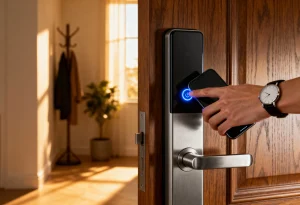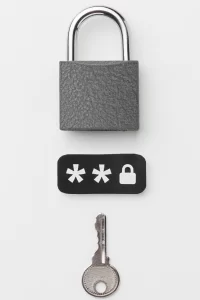
Enterprising business types tend to shape their operation with a pyramid-like profile. The managing director sits at the apex of the business and lower-level employees are the workhorses at the bottom, the crucial supporting substructure if we’re pushing this metaphor to its logical conclusion. A master key system integrates the branches and tiers of this organizational structure into the keying process and positions the main key holder, usually the managing director, at the top of the keying lineage. The owner of the master key has access to every room of the facility and assumes blanket admission rights to every asset in the organization.
The master key is thus imbued with omnipotent power in terms of admittance. It grants access to everything from distant stairwells to core security assets, but what we’ve described so far has more in common with older master key systems than today’s group-capable variants equivalents. Indeed, modern version of the system add flexibility by turning groups of key holders into sets and subsets. It isolates the branches of the tree by creating two or three tier organisational outlines. For example, the directing manager or CEO is the titled individual with the master key. He or she can open anything anywhere in the complex. Read the next level of the organisational tree to identify the next subset. Perhaps it’s an assistant manager or an office manager. This individual might not have access to the main office suite but would be able to get into the majority of rooms, a fact that would be reflected by the keying the person was assigned.
The framework of the keying structure continues down the assigned access listing in this manner, with some individuals keyed for certain areas while others are restricted to a certain floor or assigned office complex. This hierarchy can get rather complex, but a graphical representation of authority level aids in clarifying the keying layout. Advantages of the master key system include:
• A reduction in the amount of keys carried, a practice that improves security
• The diligent separation of keying duties, thus preventing employees with lower authority approval from crossing into sensitive areas
• Superior customization. All key groupings are kept on record. They can be reconfigured to modify access patterns
• Access privileges can be reversed to create a restriction subset
• Convenient for building administrators and secure facilities
The office example is the most common application of a master key system, but it’s not the best way to clarify the advantages of the keying method. Instead, imagine a hospital or high-security military establishment, places that have well-defined restricted areas. A surgical floor should only allow authorized staff members to pass through. All other medical personnel would be limited to a specific operating theatre or a specified grouping of medical bays. This is a clearly defined example of key subsets, with the head of the operating wing at the top. Consider a master key system if your intent is to assign logical chunks of authority/access to your business organisation, and initiate your own security-biased hierarchy with the owner of the business at the top.












